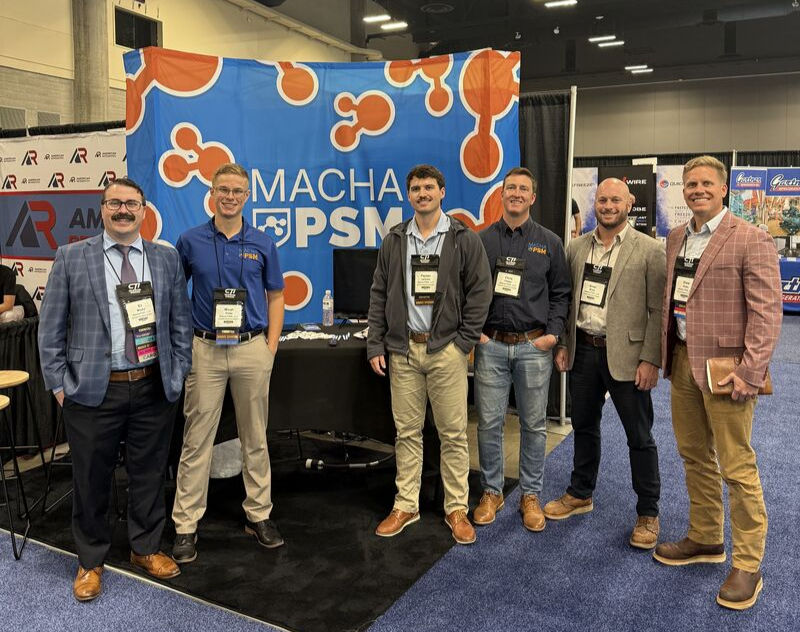Inspecting Pipe Support Hangers | Blog No. 85
- Keith Tyson, Senior Advisor
- Jul 29
- 3 min read

When we think of inspecting pipe supports, we go immediately to damage or deterioration, and we should. Far less often do we consider whether the system is well-designed or if modifications have impaired a once-effective system. Inspect your pipe support system not only for damage but also for design inadequacies.
Design problems fall into two categories:
A) supports that cannot carry the load
B) too few supports installed
In either case, pipe or associated equipment can be damaged, resulting in failure or release. Our inspection of piping or hanging equipment should include observations for tell-tale signs of inadequate hangers.
The most common result of inadequate support is pipe sagging. If the pipe is not straight for its entire length, there may be too few hangers installed. The effect is most noticeable by looking down the length of the pipe. There should be no waves or bends. Another indicator of insufficient hanger quantity is pipe movement. While a certain amount of movement may be desirable for expansion, the pipe should not sway excessively.
Caution! If the pipe is moving due to hydraulic shock, it doesn’t need more hangers; it needs the cause of the hammering to be removed.
Look for hanger clamps that are not sized for the pipe diameter. The support clamp should fit the diameter of the insulation. If the insulation is removed but the hanger clamp is not replaced to match the bare pipe, the support clamp will be too large for the pipe. Wrinkles in the insulation jacket at the pipe support may indicate that the load is not distributed properly. Look for those metal pads that are installed for this purpose and note their condition.
Sometimes new pipe is placed alongside existing runs, and the existing supports are shared. The designer should have considered the adequacy of those supports, but if you notice any evidence of damage or distortion, report it to the engineers and have them take another look. If you see knee braces pulling away from the wall, it is a sign that the load is too great.
Another example of poor design is the welding of pipe to other pipes, vessels, or support structures with clips or rods. This will keep the pipe supported or free from movement, but as stated previously, a little bit of expansion and contraction is expected. If the pipe is welded in place, stresses can be increased that could lead to pipe failure. Another consideration is that the welds between our “code” pipe and the scrap materials often used for clips may result in weld failure, cracks, and other unfortunate consequences. This method should not have been used in the first place, but if you observe it, consider having supports properly installed.
Add these considerations to your annual inspection observations, and pipe supports will never leave you hanging.
Coming Up Next: Inspiring the Next Generation of Ammonia Refrigeration Professionals. Stay Tuned!
Previous Post:
Part 4 | The Ammonia Safety Playbook: SDS Edition | Section 6 | Ammonia Out in the Wild | Blog No.84

For a comprehensive training on Anhydrous Ammonia, click here for our PSM Academy Ammonia Awareness training, to learn and earn a certificate of completion. Training is in English and Spanish. Use code SDS20 for a 20% discount on the entire purchase. For more information, email us at academy@machapsm.com.





Comments